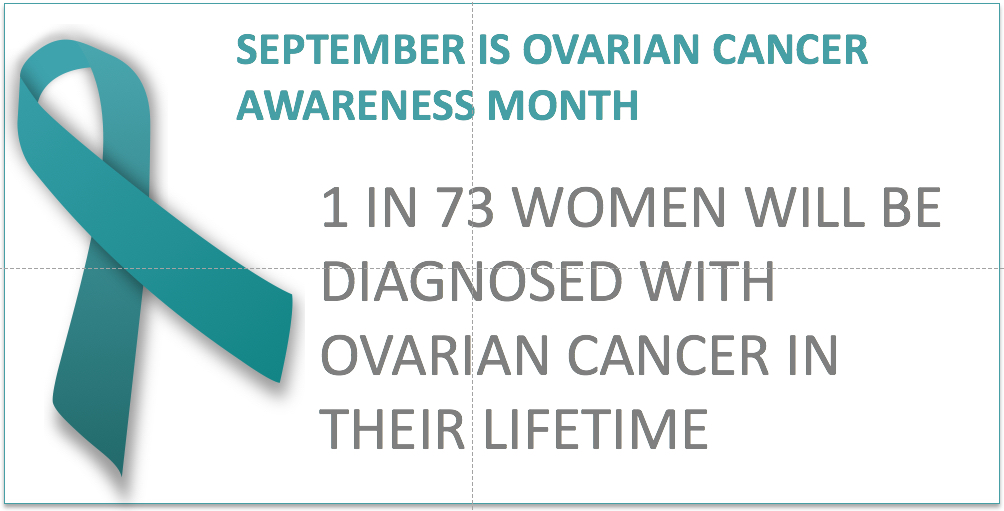Dr. Alberts discusses what a woman should do when she discovers she has ovarian cancer.
Dr. Alberts:
So if you have been recently diagnosed with ovarian cancer these are things that are important. Number one, you really need to see a gynecologic oncologist. It’s been proven that because they are specially trained in the surgery of ovarian cancer that there is a survival advantage as a result of getting a cancer operation done by someone who really knows how to do a cancer operation on women with ovarian cancer – big difference.
It’s a big difference to have what we call stage-3 optimally, surgically debulked disease versus a stage-3 C or 3 disease that is not optimally debulked. Survival is actually doubled in women who have that surgical procedure done in the hands of someone who has done it many, many times. So that’s number one.
Number two is to make sure that your doctor is absolutely aware of the most advanced treatments for ovarian cancer and that if you are not going on a clinical trial, that personalized medicine is considered.
There are now many opportunities to take the tumor and get it profiled for what molecular targets exist in that cancer or what drugs are most likely to be effective in that cancer, but the more information that a woman can have and a doctor has to treat that patient right out of the shoot, right after the surgery, the better off she is likely to have.
The third point is intraperitoneal therapy. If there has been a optimal resection of the tumor down to at least less than a centimeter sized individual plex then a woman should at least be counseled about the benefits of intraperitoneal therapy because the survival advantage can be as much as a year and a half to two years over those drugs being given intravenously.
The third is remain physically active and have a good diet and a good diet would be less than 30% of calories from fat, five to eight servings of fruits and vegetables a day and be physically active. Take at least 4,000 steps a day. You can get a pedometer and follow the number of steps.
There is evidence that from the Women’s Health Initiative, which was a 48,000-women study, that a low-fat diet can reduce the incidence of ovarian cancer by 40%. That would suggest that if you remain physically active and have a low-fat diet, once you’ve been in complete remission from ovarian cancer, we predict there may be as much as a 50% reduction in the risk of recurrence of the disease.
About Dr. David S. Alberts, M.D.:
David S. Alberts, MD, has had a strong career focus on translational cancer prevention and treatment research. The emphasis of his laboratory-based and clinical research has been on the chemoprevention and treatment of such pervasive and potentially deadly diseases as cancers of the breast, colon, ovary, and skin. Clinically, Dr. Alberts pioneered new treatments for advanced ovarian cancers, including in vitro tumor cell chemosensitivity testing for personalized medicine strategies, intraperitoneal chemotherapy, and maintenance chemotherapy.
Visit Dr. Alberts at The Arizona Cancer Center








Add a CommentComments
There are no comments yet. Be the first one and get the conversation started!